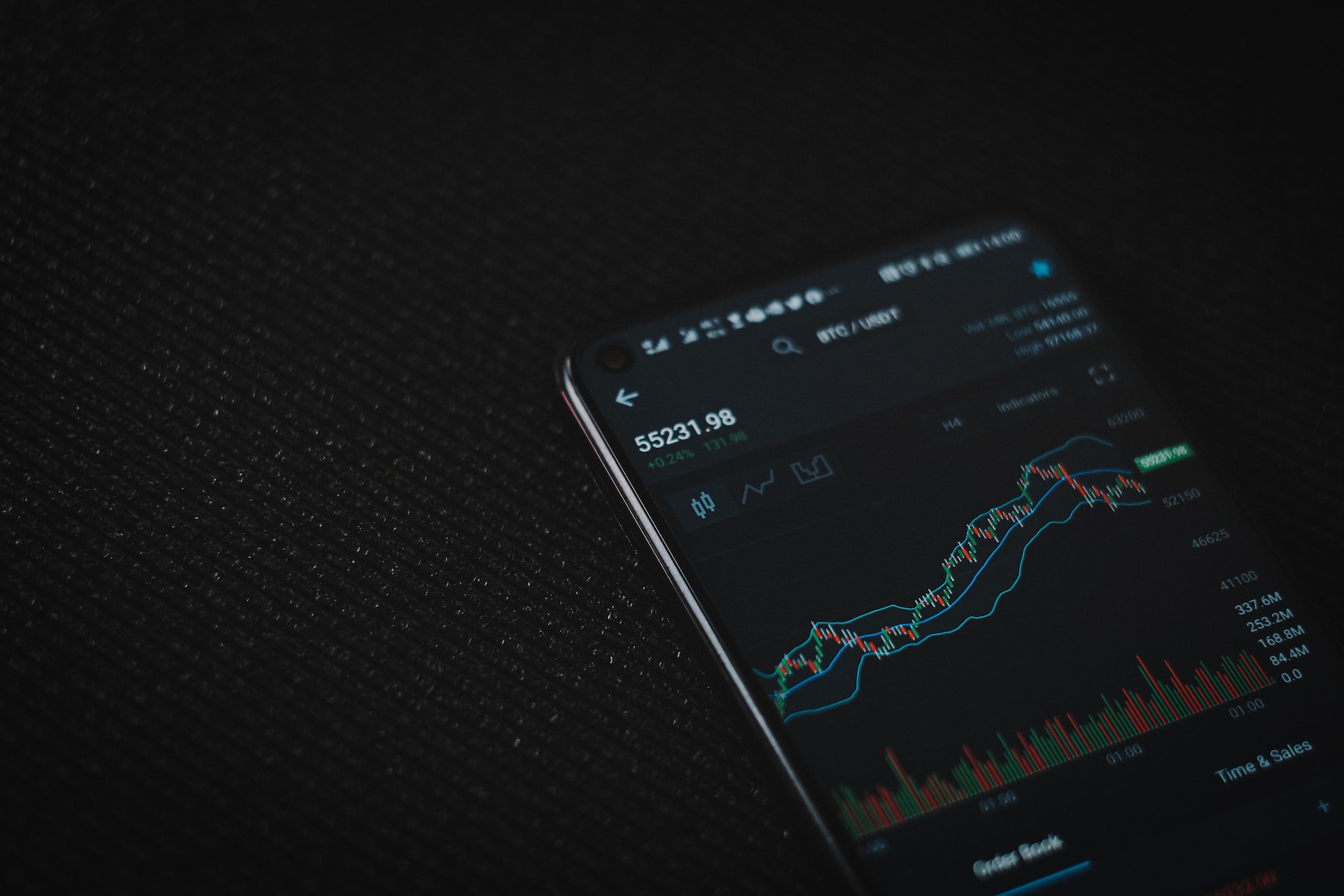
Below is a compilation of trading tips that have been collected long and hard by our entire team. Absolutely everything here has been tested and really works.
- Best tips overall
- Look for high value trades
- Keep an eye on market trends
- Understand when to take profits
- Determine your maximum loss limits
- Remember the risk/reward ratio
- Understand what you are willing to risk
- Be prepared for technical glitches and issues
- Spend some time away from the screen
- Trading tips from successful traders
- Always use a trading plan
- Use technologies
- Protect your trading capital
- Study the markets
- Always use a stop loss
- Keep trading in perspective
- Narrow your focus, but not too much
- Pick up the pace of your trading
- Think long and short
- Learn from margin calls
- Be patient
- Know where to enter the market
- Control your trading capital
- Accept your trading losses
- How to avoid typical trading mistakes?
- Practice patience
- Don’t risk too much capital on a single trade
- Keep a trading journal
- Evaluate both winning and losing trades
- Study your trading charts
Best tips overall
Look for high value trades
Your goal as a trader is to make a profit, not to make a lot of lots that usually end up enriching your broker but not you.
Keep an eye on market trends
Only traders who follow the trend make money. This fact is no secret for anyone. If you are constantly looking for reversal points, you will not get much out of it. It is easier and more profitable to follow the direction of the main movement.

But, unfortunately, there are not always trends in the markets, so sometimes you have to wait for them to appear and stay in the cache for a long time (months). Although this is not as bad as many people used to think.
Trends can be found on the Internet and analyzed independently, or you can turn to your expert friends in any field. They can tell you exactly what’s going on.
Understand when to take profits
It is necessary to determine the position when the price is about to fall. The mechanisms of technical analysis will help you with this. In general, traders have long realized that the market develops according to its own laws: the price of an asset rises and falls according to the regularities that can be seen on the chart.
Determine your maximum loss limits
Decide for yourself how much money you are willing to lose in total. Let us give you a hint and say that it should not be more than 2% of your total capital in a single trade. Absolutely not. For one month we are talking about 30% and for six months we are talking about 50%. Yes, you can lose more, and then you can successfully make it all back by winning back in the market, but losing these amounts will also cause you considerable inconvenience because you will be deprived of resources to make new deals.
Remember the risk/reward ratio
The risk/reward ratio is a coefficient used to calculate the potential profitability of a trade in relation to the risk and strategy. It allows you to understand whether a trade is profitable.

The risk/reward ratio is calculated after creating a trading plan, setting the entry and exit points and the level of the stop-loss. We would like to remind you that this can only be done on an extremely individual basis.
Understand what you are willing to risk
How does a novice investor act? They choose investment products that have the highest potential return.
What we mean is that only you can decide how much and in what cases you are willing to take risk. If you are taking your first steps as an investor and are not ready for high risk, start your introduction to the securities market with the most conservative instruments. For example, government or corporate bond funds and individual investment accounts.
Be prepared for technical glitches and issues
Trouble can come from places you don’t expect. If you open a trade one day, but do not have time to set a stop loss, and then suddenly your Internet goes down for a long time, you can of course try to prove in court that the provider is to blame for the loss of funds. But it will take a long time, and the process will cost you money.
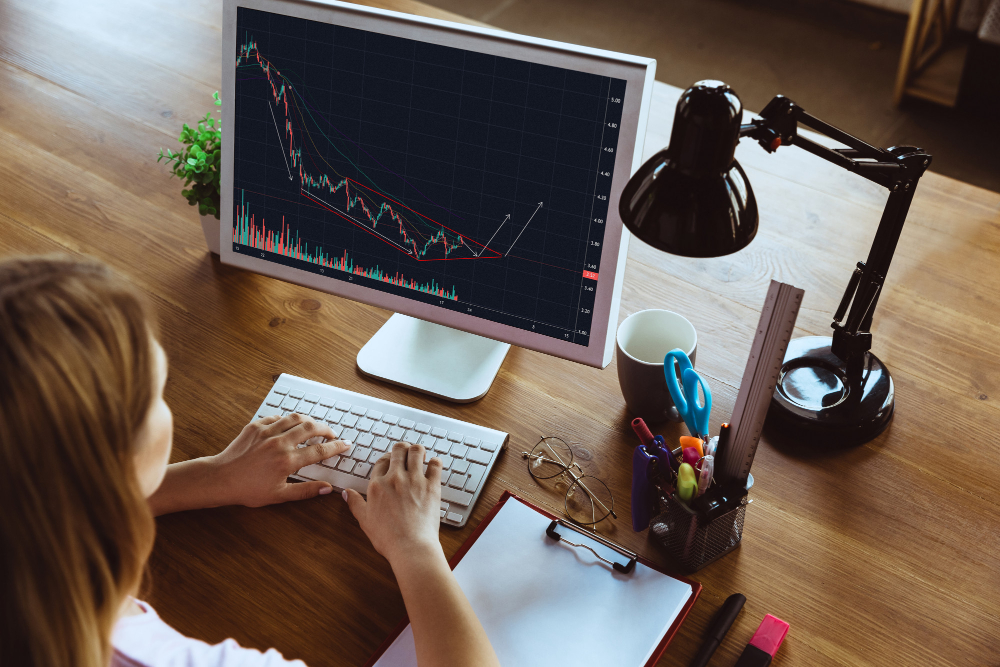
In addition, it is unlikely that the process will produce a satisfactory result. Therefore, we advise you to be extremely careful when choosing a provider.
Not only the provider, but also the Wi-Fi router and adapter (unless you connect via Ethernet cable).
Also, you won’t believe it, but the problem can also be on the broker’s side. It could be:
- Terminal failure;
- Problems with withdrawing funds;
- Problems with depositing funds into the account.
The first is the most unpleasant one. Terminal failure can manifest itself in the form of freezing quotes for several minutes, price movement in jerks within several points (usually it is about 10, but there are 15 and even 20) for an hour or more, and incorrect calculation of your profit. All this is a reason for an urgent complaint to the technical support. And to think about whether it is worth working with such a broker in the future.
Spend some time away from the screen
All traders argue about tools and strategies, but they always agree on one thing – when trading, you need to be able to stop in time and just rest.
Control your time in front of the monitor just like you control the risk in a trade. One of the indispensable benefits of being a trader is freedom. Appreciate and cherish it.
Trading tips from successful traders
We could not help but diversify this article with real tips from successful traders. Of course, our tips above will be useful for you as well, but it can’t hurt to listen to the applied masters as well.
Always use a trading plan
This is a roadmap that answers all possible questions that may arise in your trading. More often than not, a trading plan includes strategy rules, money management, and a bunch of other things of varying degrees of necessity.

And yes, as you have probably already guessed, a trading plan and a trading strategy are diametrically different things. Treat trading like a business
Use technologies
Automation is the only way to truly and dramatically increase your chances of trading success in 2023. Needless to say, automation will only become more important in the coming years.
If you stop trying to develop as a manual trader right now and focus on automation, it will be your better investment.
Delegating trading to a computer will free up your human resources and your development will skyrocket. One trading robot does the job many times better than a dozen manual traders.
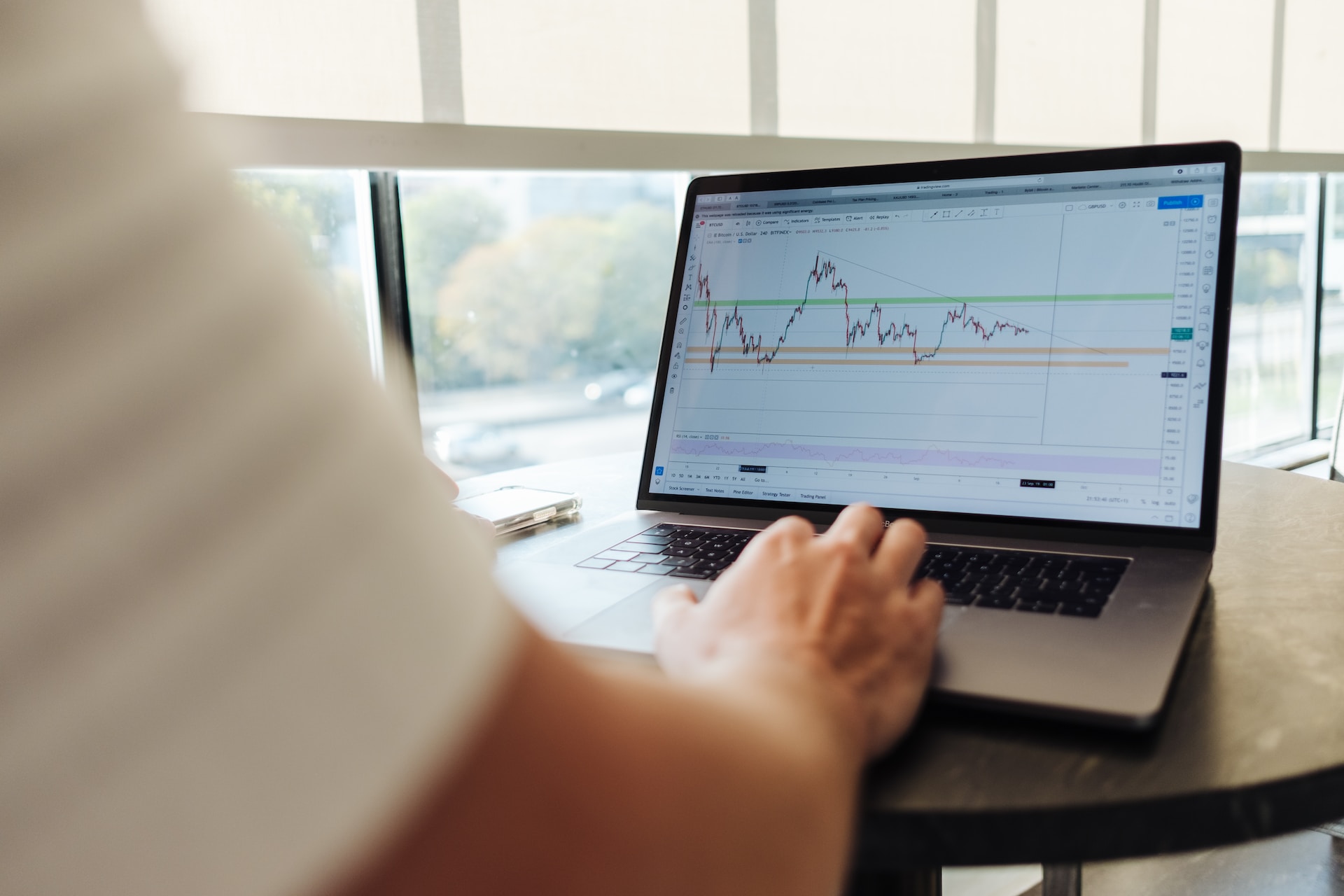
However, there is a fly in the ointment. For example, not all automated trading tools are safe. And machines are inherently wrong, sometimes even more so than humans.
Protect your trading capital
The best capital protection is a commitment to lower-risk strategies. This is self-explanatory. As we mentioned above, you shouldn’t lose more than 2% on a single trade and more than 30% over the course of a month. But that’s not the only way to protect yourself. It is also a very good idea to use orders. By the way, we have an article that covers this topic very well.
Study the markets
The best way to study the markets is through fundamental analysis. This is a method of evaluating companies, securities and cryptocurrencies. How are they valued? Well, it’s quite simple: a trader pays attention to the background of an asset and tries to find its fair market value.
By “background” we mean the advantage of accounting and financial reports, political and economic situation in the country and competitors.
Pay attention to those companies or organizations whose assets are growing steadily.
Always use a stop loss
A stop loss is to lock in losses. Basically. Well, yeah, this is pretty awkward situation for any trader. To make it easier to survive losses, treat them as insurance. Stop loss is the same insurance, but from the world of trading.

You can read our material *link*. There we have explained in detail how stop-losses work and given some examples of how they can be used in practice.
Keep trading in perspective
Trade with long-term profits in mind. You should not be embarrassed by one or two losing trades – life is life. If you accept losses and defeats as part of the business, you will be much better able to control your emotions and set realistic goals.
You see, if you don’t become a multimillionaire next week, it doesn’t mean you’re a failure. You’re just moving toward your goal in a gradual and measured way.
Narrow your focus, but not too much
It is important not to try to follow too many markets and trade them all at the same time. It is better to focus on a few markets and give them enough time and attention. This will allow you to offset a loss in one market with a profit in another if expectations are not met and something goes wrong.
Pick up the pace of your trading
Well, everything is pretty simple here. Trade at the pace you feel comfortable with and no one can change your mind about it. Do not listen to think tankers and other opinion makers. It will not help you in this case.
Think long and short
Opportunities can arise in markets during both up and down phases. Often, traders focus only on long positions and completely ignore short positions. Such an approach literally ties their hands and feet.
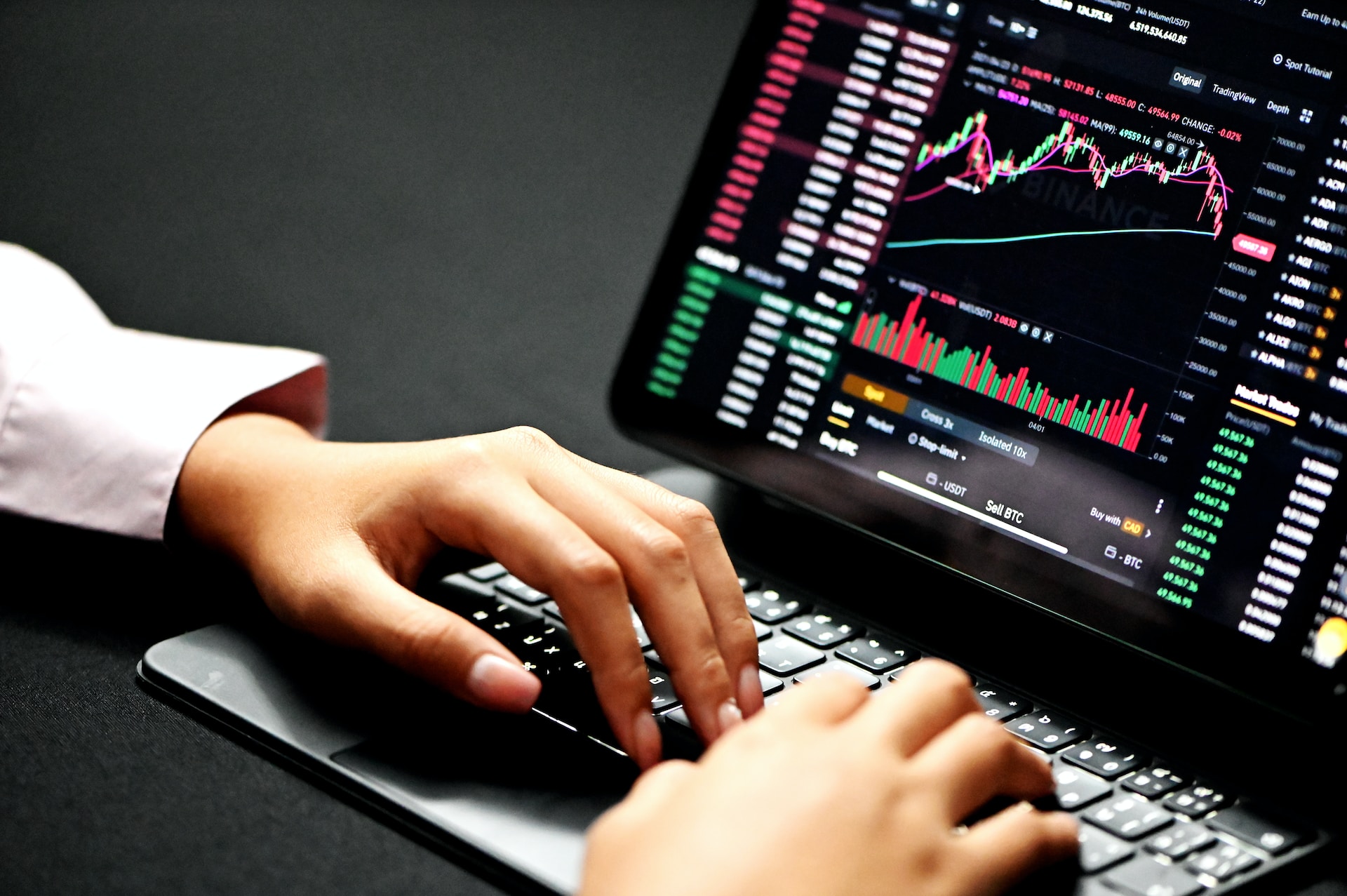
Consider a situation where a trader anticipates a decline in the price of asset X. He can sell his futures, hoping to buy it back later at a lower price and make a profit. And he does make a profit.
Learn from margin calls
Lack of margin is a red flag that you’re over-emotionalizing. Chill out. You can’t get too attached to a position. Especially one that isn’t working or isn’t working the way it should.
Don’t transfer funds to pay off debt, don’t cut other positions to reduce margin calls. Move on and look for new opportunities.
Be patient
The market will be here tomorrow, next week, next year and next decade. Don’t worry about missing a once-in-a-lifetime opportunity. There will always be opportunities.
Know where to enter the market
Market entry is the moment when a trader is ready to open a trade. In other words, a signal. If it is strong and impressive, it is better to open a trade immediately. But if the information is imprecise and contradictory, you should wait. As an option – use pending orders.
Control your trading capital
Follow the rules of money management. If you are more familiar with it, we will call it “money management”. Anyway, the main idea of these basics is not to use a lot of leverage, and for beginners it is better not to use it at all. And you should also open trades with lots of adequate size. Well, at least try.
Accept your trading losses
Lost money? Just accept it. Do not give in to the emotion and do not start making chaotic trades to get it back somehow. Remember that you have to work for long-term results.
How to avoid typical trading mistakes?
All the above tips are mostly for day trading. If you want to try day trading, you will need some different advice. However, we have them for you. They are presented below.
Practice patience
Do not get so carried away with trading that it becomes an integral part of your life. Of course, you need to keep track of your positions and the money in your accounts, but you don’t need to obsess over every market rise and fall.
Don’t risk too much capital on a single trade
Make measured deals. It’s better to open more lots but at a lower price than to put the lion’s share of your resources into one lot. Even if your expectations are not met, you won’t lose as much.
Keep a trading journal
Keep a diary of all your trades. What should such a journal look like? It should include:
- Dates;
- Amounts;
- Reasons why the trade was made.
The last one is the most important. Even if you have a phenomenal memory – write down all these points. For your own good. After some time you will be able to analyze the records, the results of the trades and understand where the mistakes were. The diary also disciplines you, which is important.
Evaluate both winning and losing trades
A trader must constantly analyze his trades in order not to lose in the competition on the financial market. Objective self-analysis should be done on the basis of both profitable and losing trades. The morning preparation for trading should include not only making a watch list, but also reviewing and analyzing what was done the day before.
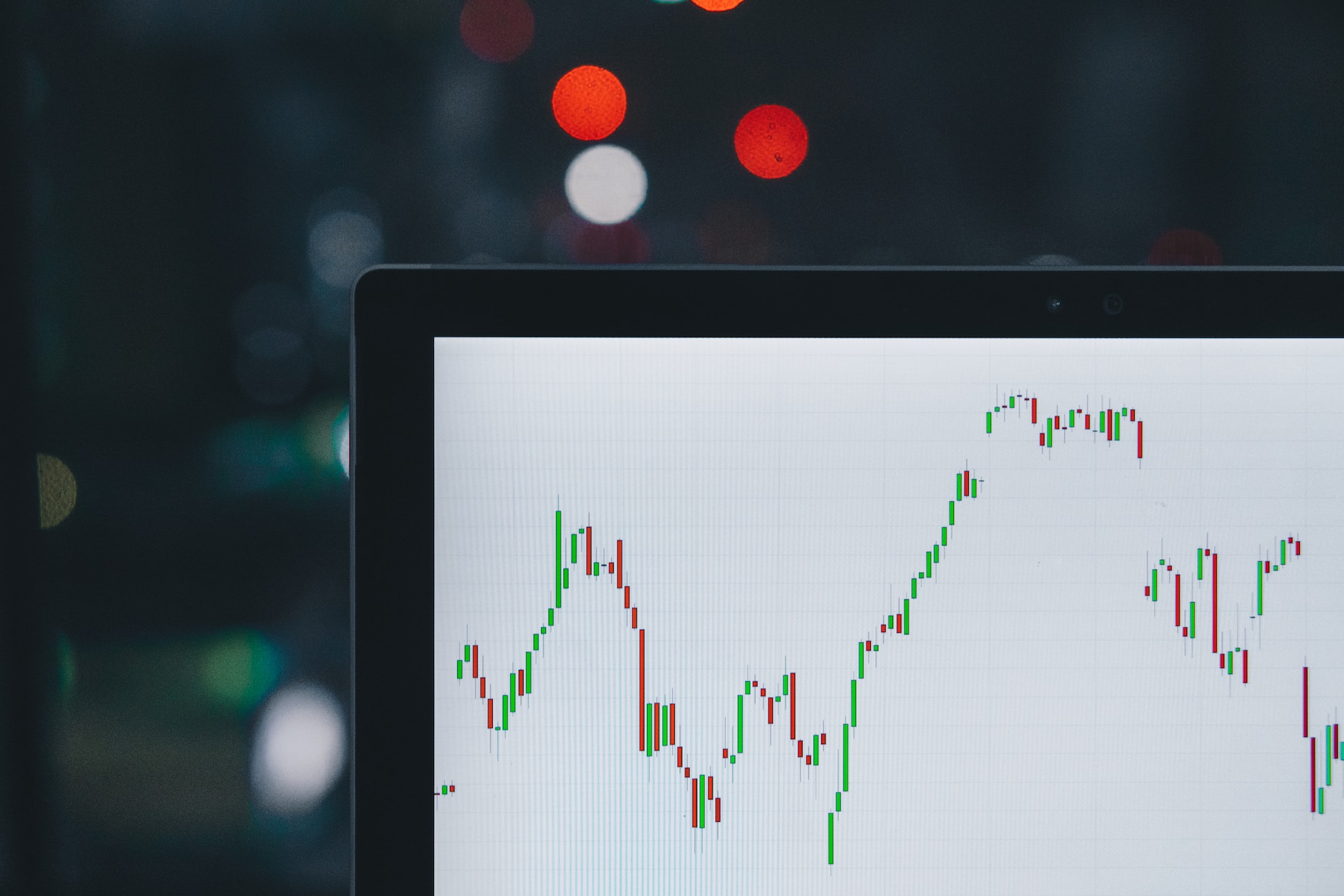
Always (no, really) evaluate all types of your trades: losing trades and winning trades. Yes, the former will upset you, but you will gain knowledge and not make the same mistakes in the future. And winning trades will help you consolidate your already strong points and even allow you to rejoice a little.
Study your trading charts
Don’t go against the major trends. Studying your charts can help you understand what to look for in your next trades. The material is quite long. We hope we have not forgotten or missed anything. If you still have some ideas or strategies in mind – let us know in the comments.
